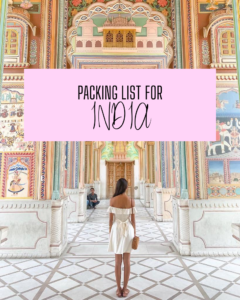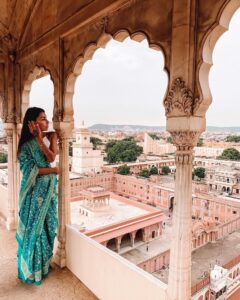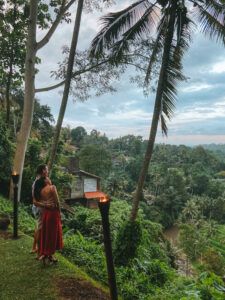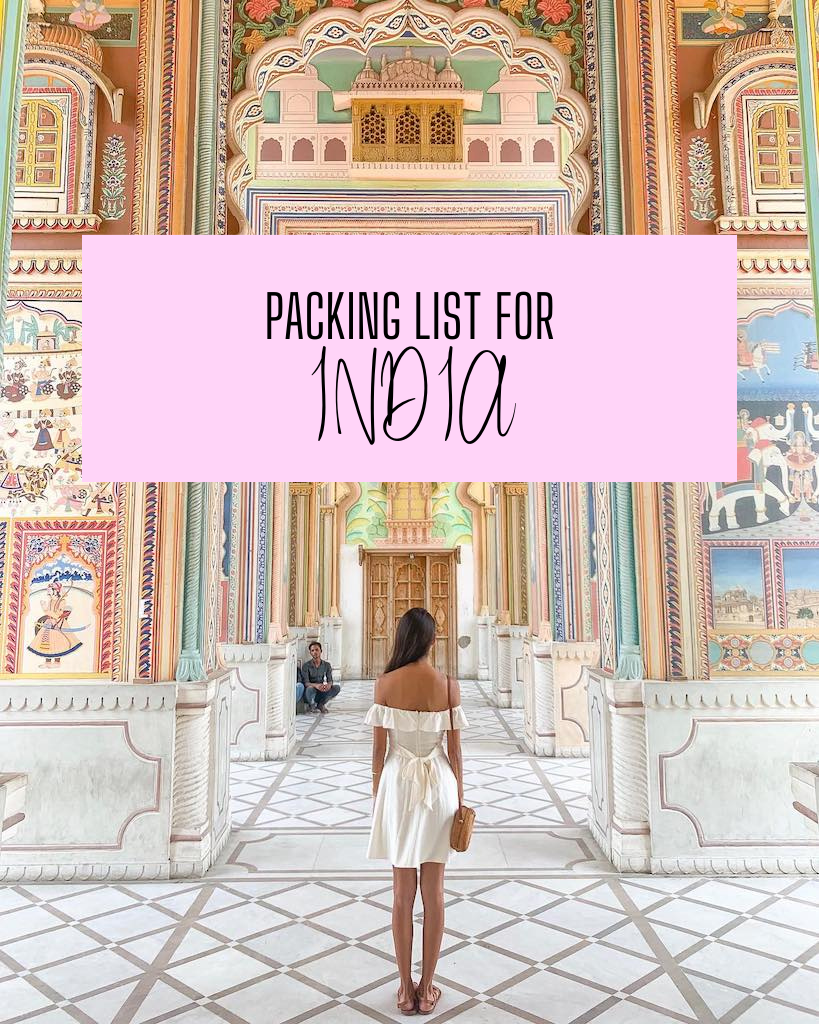
Traveling to India is a beautiful experience. The country is vibrant and colorful, filled with amazing historic landmarks to visit and rich in natural beauty. Moreover, India is incredibly friendly to visitors and it’s a pretty affordable destination.
When packing for India, it’s essential to consider factors such as weather, health, safety, as well as culture and religion.
It’s important to plan your trip accordingly, and taking the time to carefully create your packing list for India will ensure you’re well-prepared and enjoy a great adventure!
In this article, I’ve put together a list of essential travel items and a packing guide specifically tailored for India. If it’s your first time visiting this vibrant country, these suggestions will help you prepare thoroughly for your holiday.
What to Know Before You Go to India
Here are some essential things to consider when putting together a packing list for your India trip:
Seasons in India
India’s weather often changes based on the region and time of the year you travel. It’s very important to research the time you’re making your trip to ensure your packing list for India is weather-ready.
India has three main seasons:
From March to June is the hottest time of the year. Especially in the northern and central regions, with temperatures often exceeding 40 °C (104 °F). Southern India experiences relatively milder temperatures but higher humidity levels.
From December to February, many parts of India experience winter. However, winter varies significantly across India. Northern India experiences cold temperatures, especially in mountainous regions like the Himalayas, where snowfall is common. At the same time, some people consider this the best time to visit India, specially Southern India, which remains relatively warm but experiences cooler temperatures compared to the summer months.
From June to September is the monsoon season. It brings heavy rainfall across much of India. It’s also when the humidity will be at its highest point. October and November are the post monsoon months and when you can expect more comfortable weather conditions.
Religion in India
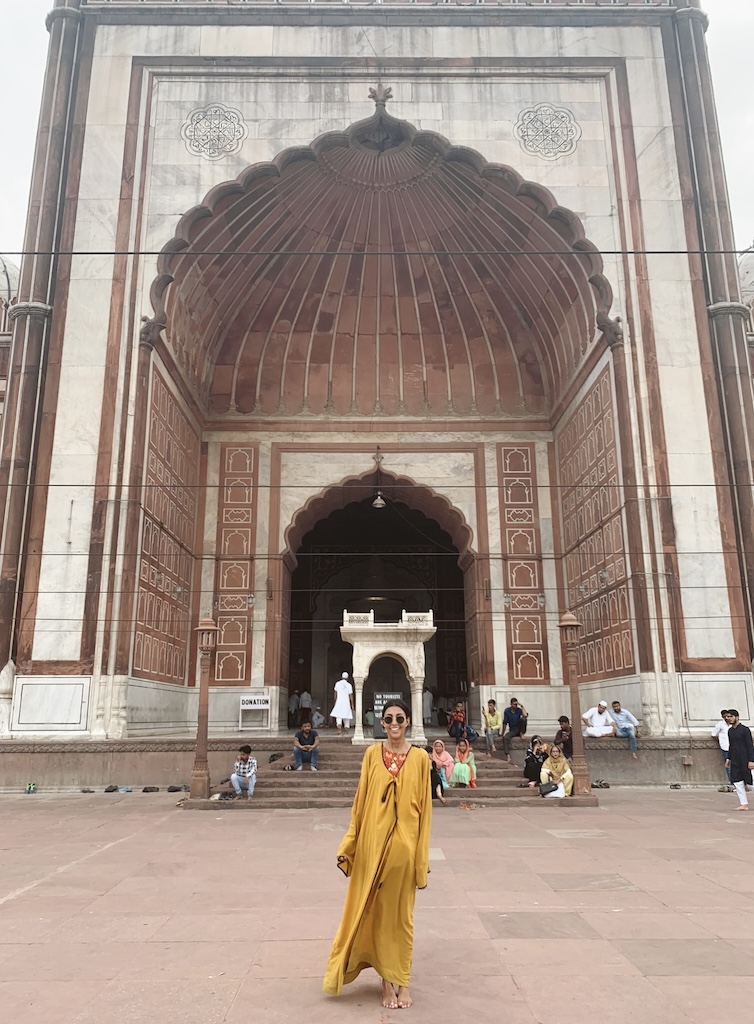
The dominant religion in India is Hinduism, and while it’s generally conservative, there aren’t any strict dress codes. Western clothing styles are quite common, especially in tourist areas.
There are two main things to consider when packing for India:
First, when visiting religious sites, wearing shorts is typically not allowed for both men and women. Additionally, covering your head and shoulders may be required in many temples or ashrams.
Secondly, female tourists in India are likely to attract a lot of stares, especially from men. From my own experience, this was definitely the case. While people were generally friendly and respectful, there was A LOT of staring. So, keep this in mind when packing for India.
The Ultimate India Packing List
Packing essential items such as insect repellent, hand sanitizer, any necessary medications, along with appropriate accessories like a universal adapter, portable charger, and ensuring you have the right clothing and footwear, can break or make your travel experience in India.
Follow this packing list for India to ensure you don’t forget any essentials and to guarantee a comfortable and memorable trip.
Prescription Medications and Basic First-Aid Kit
In the unfortunate situation that you fall ill, you’ll want to have all your essential medications and a small first aid kit.
You’ve probably heard of “Delhi belly.” If you haven’t, it’s a term used to describe the food poisoning people sometimes (often) experience in India. You should pack medications for your stomach and other symptoms like fever and headache. Pack your prescription drugs, too, if you have any.
Tips to prevent getting sick:
Let’s be real, India is many things, but the most hygienic isn’t one of them.
To be honest, during my time here, I witnessed some very shocking scenes regarding cleanliness — no wonder it’s easy to catch a stomach bug! However, this shouldn’t deter you from visiting India; believe me, you’d be missing out on a lot! Instead, all you have to do is take a few easy precautions:
- Never drink tap water; always bring or buy bottled water.
- Carry hand sanitizer.
- Avoid street food (including juices and coconut water).
Lastly, although chances are you won’t need it, it’s always best to be prepared, so make sure you have travel insurance.
CHECKLIST:








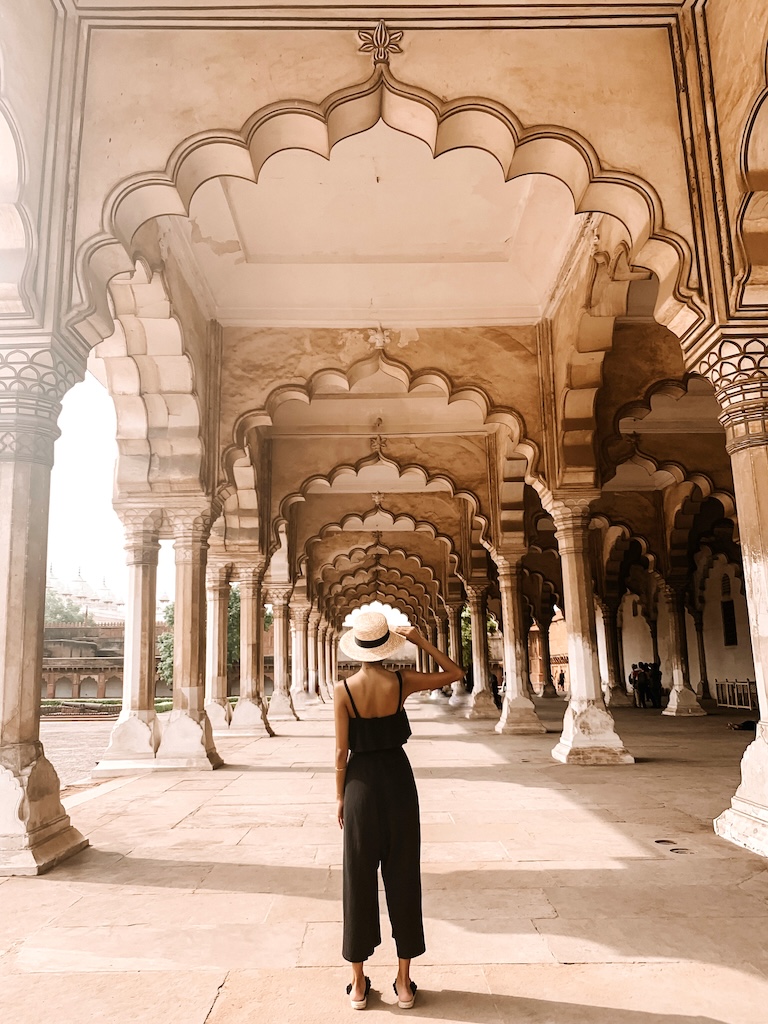
Toiletries and Personal Hygiene Items
Everyone’s needs vary, but prioritize important items only to avoid extra luggage weight.
Prepare a travel-sized toiletry bag with must-haves. Keep in mind that items you are used to from home may not be available in India, so pack accordingly.
CHECKLIST:










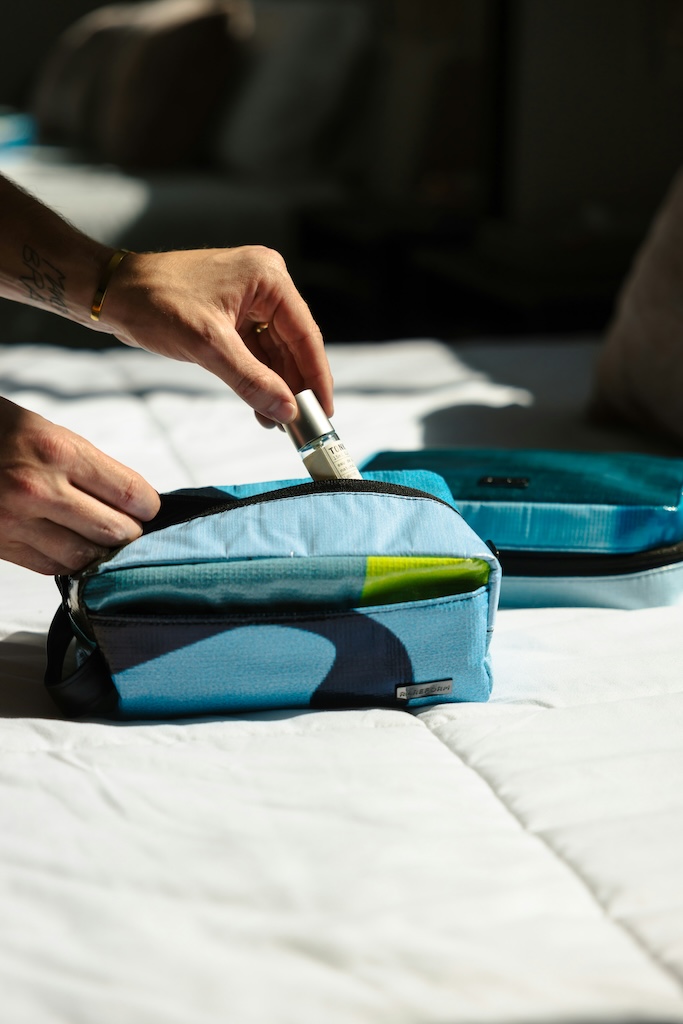
Packing List for India — What to Wear
Although there is no real dress code in India, there are a few considerations to keep in mind. Not only to make sure you are comfortable, like the right shoes, but also to make sure you are respectful of the local culture.
Wearing shorts, tank tops or short sleeves, is okay. But, do know that in some places in India, wearing too little might get you some unwanted stares, so I’d recommend keeping it low-key and avoiding anything too flashy.
At the same time, the weather is typically very warm, so you want to bring lightweight and breathable clothing. Fabrics such as cotton and linen are ideal.
CHECKLIST:











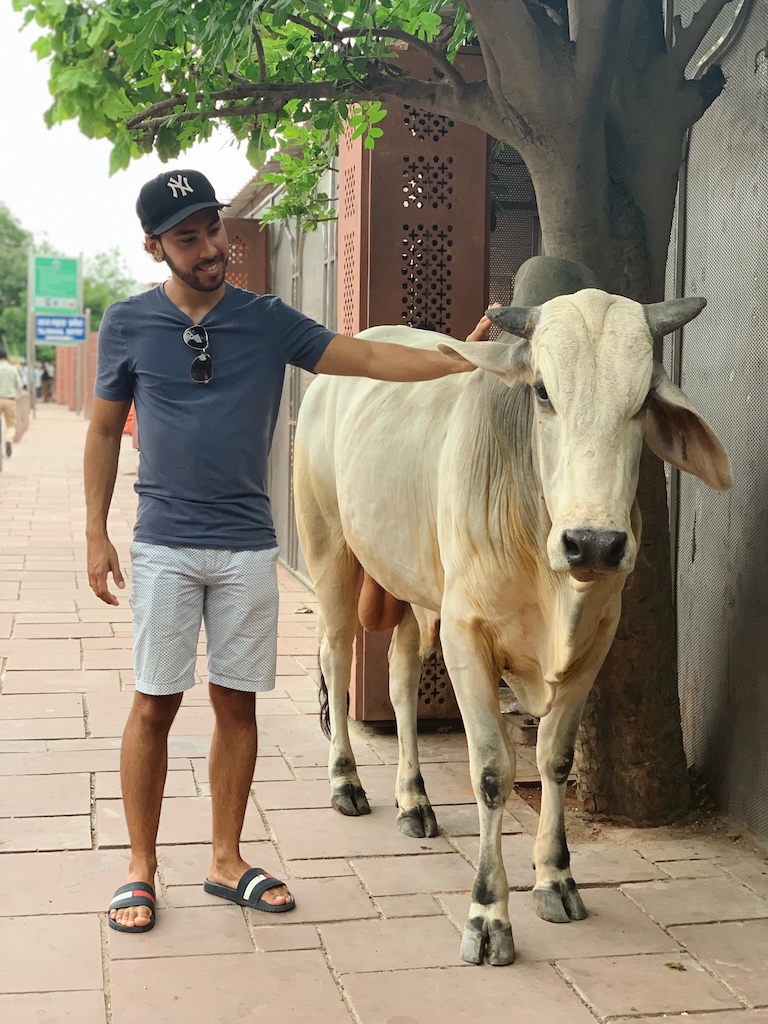
What to Wear When Visiting Religious Sites
When visiting temples, mosques, or other religious sites, it’s important to dress respectfully. This typically means avoiding revealing clothing and covering shoulders, cleavage, and knees. Bring some long skirts, a long-sleeved top and long pants. Some places may provide coverings for visitors who are not appropriately dressed.
What to Wear During Winter Months
In some parts of India, especially in the northern regions and during the winter season, temperatures can drop significantly. Packing a light jacket and some lightweight layers is a great idea for cool nights or mornings.
What to Wear During Rainy Season
If you’re visiting during the monsoon season (generally June to September), it’s a good idea to pack a lightweight rain jacket and umbrella to stay dry during sudden downpours. Opt for breathable fabrics like cotton or synthetic blends that dry quickly. And, bring waterproof shoes or sandals to navigate through puddles and muddy streets.
What Shoes to Wear
India is a developing country, so you can expect some parts of India, including the major cities, to have uneven grounds, jagged roads, and open sewers.
I recommend you add trainers/hiking shoes to your packing list for India to get through your itinerary comfortably. Besides, you will be doing a lot of walking!
Sandals and flip-flops are also a must. In numerous establishments, it’s customary to remove your shoes before entering. It’s a practical and time-saving idea to have a cheap pair of sandals that you can easily slip on and off to leave outside. A pair of socks will definitely come in handy here too!
Sarong, Scarf, Shawl
Scarfs, shawls, and sarongs are very useful to cover your head and shoulders, especially when heading to religious sites. If you plan to visit any religious sites or temples (which I recommend you do!), add some shawls and scarfs to your packing list for India.
Pack This No Matter What
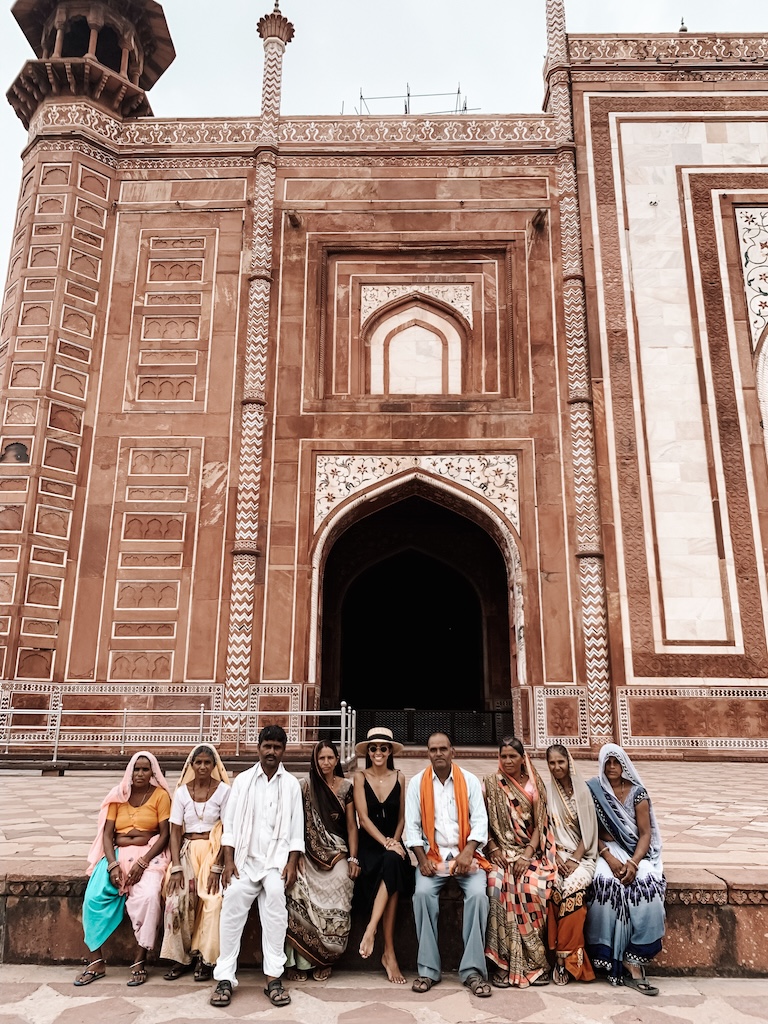
No matter what, be sure to pack the following items:
Mosquito Repellent
India is a tropical country, so the possibility of experiencing insect problems, specially mosquitos, is there. Bring your bug spray, gels, and patches to keep the blood-sucking insects away.
Sunscreen, Sunglasses, and Hat for Sun Protection
These will become your daily essentials in India’s scorching heat. Pack sunscreen with enough SPF to protect yourself from sunburn and UV rays, a stylish pair of sunglasses, and a wide-brimmed hat for extra protection.
Backpack or Day Pack
When traveling in India, it’s essential to have a backpack with you at all times. You’ll need essentials such as water, toilet paper, sunscreen, hand sanitizer, and more readily available.
Having a day pack with you throughout your trip will prove invaluable. Plus, your backpack can conveniently carry all the souvenirs you collect along the way!
Travel Adapter
India uses a 230v voltage, and most of the plug points you will find around are rounded 3-pin (Type D electrical plug). It’s a good idea to get the required adapter that will work for your devices while you’re in the country.
Camera
India is one of the most photogenic countries in the world! You don’t want to go to India without documenting the culture, your memories, and attractions.
Power Bank
When it comes to your camera, the last thing you want is to be caught without power. Whether you’re relying on your phone or bringing a dedicated camera, make sure to pack spare batteries, necessary charging cables, and, most importantly, a portable charger.
Believe me when I say you’ll be snapping countless pictures, which means your battery will be put to good use. You don’t want to miss that perfect shot due to a drained battery!
Credit Card / Cash
I recommend you carry a mix of credit cards, at least one debit card, and cash. While large cities often accept cards, smaller cities and smaller shops may only accept cash.
Make sure your cards work internationally, and keep small denominations of cash for convenience. Do not go out carrying a large amount of cash with you!
The local currency in India is the Indian rupee, you can click here to check today’s exchange rate. When exchanging money in India, ensure you do so only at authorized outlets for the best rates and for your safety.
Earplugs and Headphones
Indian streets are always bustling, after all it is one of the most populated countries in the world! So trust me when I tell you it gets noisy.
To tackle noise like a pro, make sure you pack earplugs and headphones. They’re absolute lifesavers, especially if you end up in a noisy hotel room or are gearing up for some road trips or a train journey. Need to zone out with some tunes or podcasts? These babies have your back, making crowded places way more bearable.
Quick Dry Towel
Another item you will want to bring in your day pack is a quick dry towel. Something that folds up really small and dries quickly. You will find 101 uses for this.
Travel Documents
Passport is the main thing. However, many travelers to India will require a visa. The specific type of visa you need depends on your nationality, the purpose of your visit, and the duration of your stay. You can find detailed information here.
Besides that, you might want to bring your driving license and a copy of your travel insurance.
Other Travel Essentials








Tips for Packing
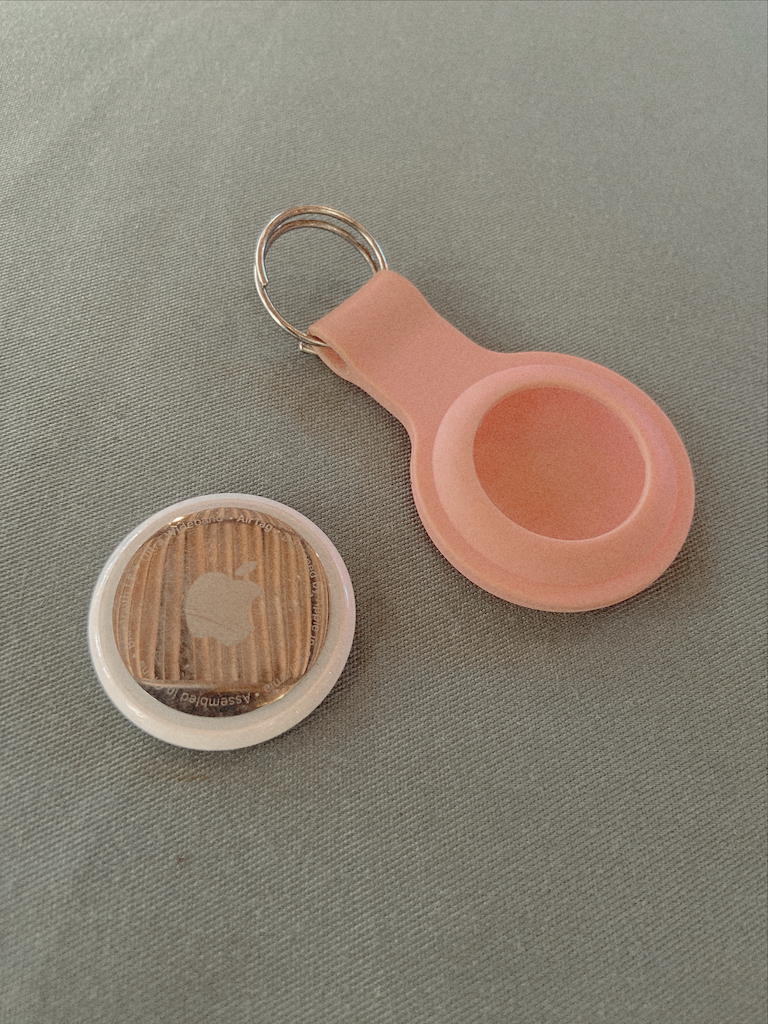
Here are some packing tips I’ve gathered over the years:






FULL GUIDE ON HOW TO PACK LIKE A PRO FOR YOUR NEXT TRIP HERE
Finally, and perhaps most crucially, ensure to include on your India packing list a generous dose of adventure and openness to new experiences!
Have a nice trip!



